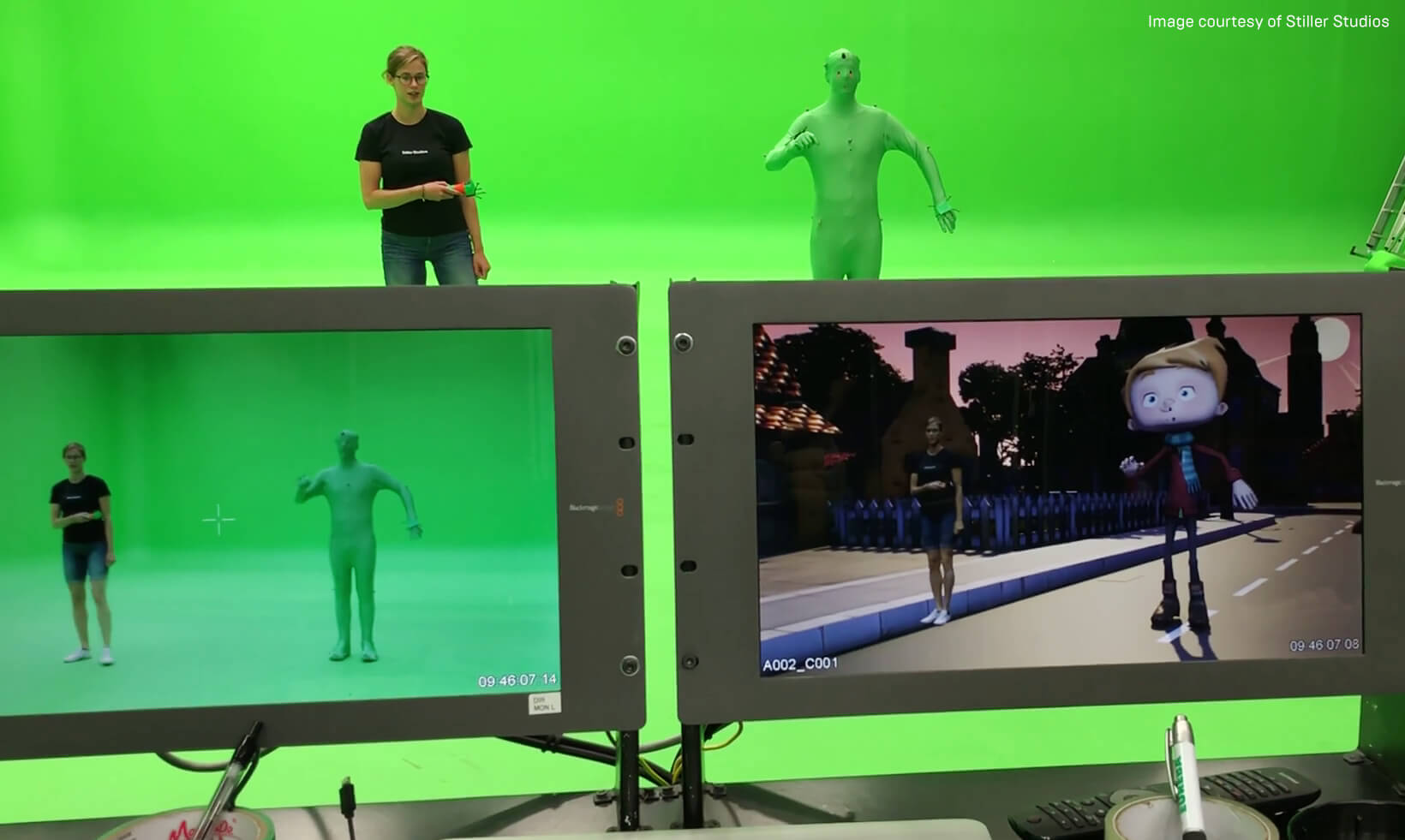Covid-19 might have slammed the brakes on the industry for a while but many VFX studios navigated the changing landscapes by adapting to several work-from-home solutions.

There was a range of challenges when shifting to a remote workflow for both the VFX studios and the artists. VFX houses that hope to permanently adapt to a more remote-centric workflow might be able to either reduce the size of their physical facility albeit the prospect of VFX supes doing “desk rounds,” where they go through the various departments to view the artists’ work in progress, answer questions, and give feedback will be erased.
Here is the list of technological solutions that are helping the VFX industry get back on their feet :-

Cloud – As transitioning to the cloud was adopted across the landscape, the progressive impact it had on the VFX industry was incontrovertible. Cloud services like Google and Microsoft provided VFX industry the ease of working from home by uploading and downloading the shots , all whilst maintaining the security of data.

Teradichi PCoIP – Using teradici PCoIP with a thin client computer, they were able to upload and download assets through the cloud to their locations, as well as use the cloud for rendering. By installing an access card into machines and giving staff a desktop device not much bigger than a coffee cup, companies enabled artists to work from anywhere, be that home, abroad, or somewhere else in the office. PC-over-IP (PCoIP) technology delivers a secure, high-definition and highly responsive computing experience. It uses advanced display compression to provide end users with on-premises or cloud-based virtual machines as a convenient alternative to local computers. This virtual workspace architecture compresses, encrypts and transmits only pixels to a broad range of software clients, mobile clients, thin clients and stateless PCoIP Zero Clients, providing a highly secure enterprise environment.

High-end remote workstations – After seeking special permissions from the government, many VFX studios also transported the office workstations to the each artist’s home in order to ensure the quality of shots

Google Meet/Zoom – Communication is crucial to ensure the smooth-running of the processes. Google Meet/Zoom and services like Team viewers not only allowed to ensure co-ordination and interaction but also review work using additional software like Shotgun.

Virtual production – Virtual Production has been the talk of the town since before the pandemic but the adoption has only increased owing to the pandemic-induced restrictions on film shoots. A technology that showed its prowess in the movie Lion King is increasingly touted as the solution for the filmmaking and VFX woes. Projects that ideally take 60 days can be done in 40 days if you’ve planned it with the help of these tools.

Aspera – High speed data transfer consolidated media using Aspera has also helped in the process of sending the data to render farms faster. Services like Aspera allow for the speedy migration of high-resolution data, saving a whole lot of time in the VFX industry.

